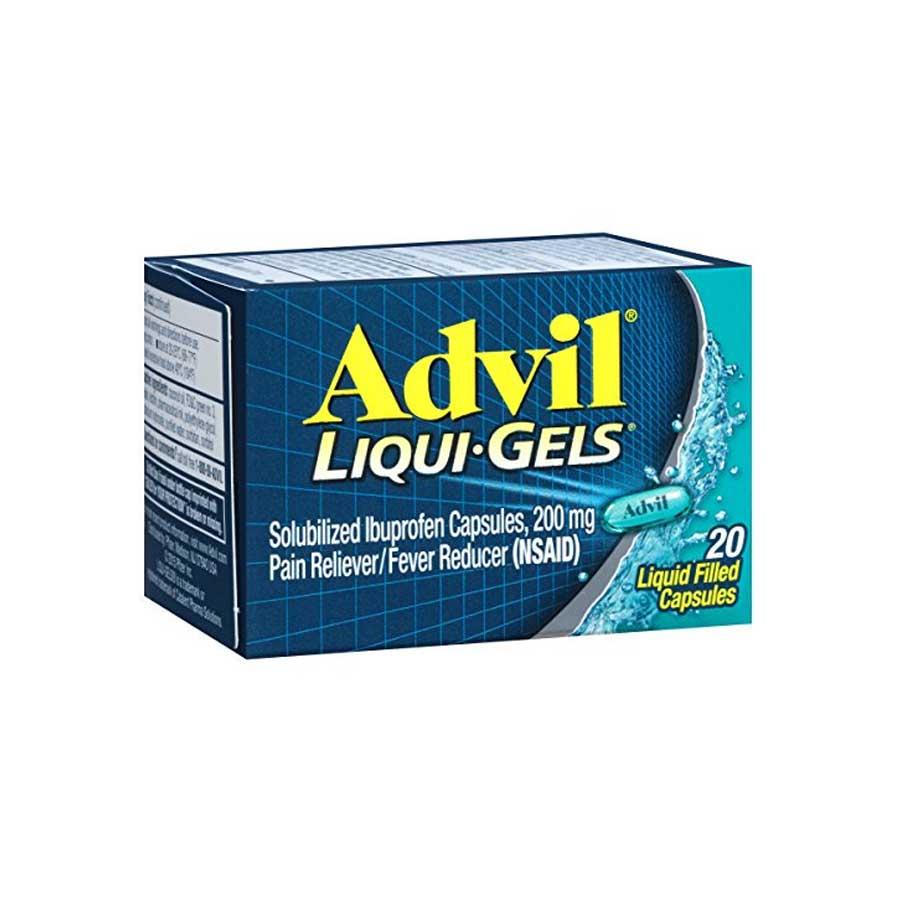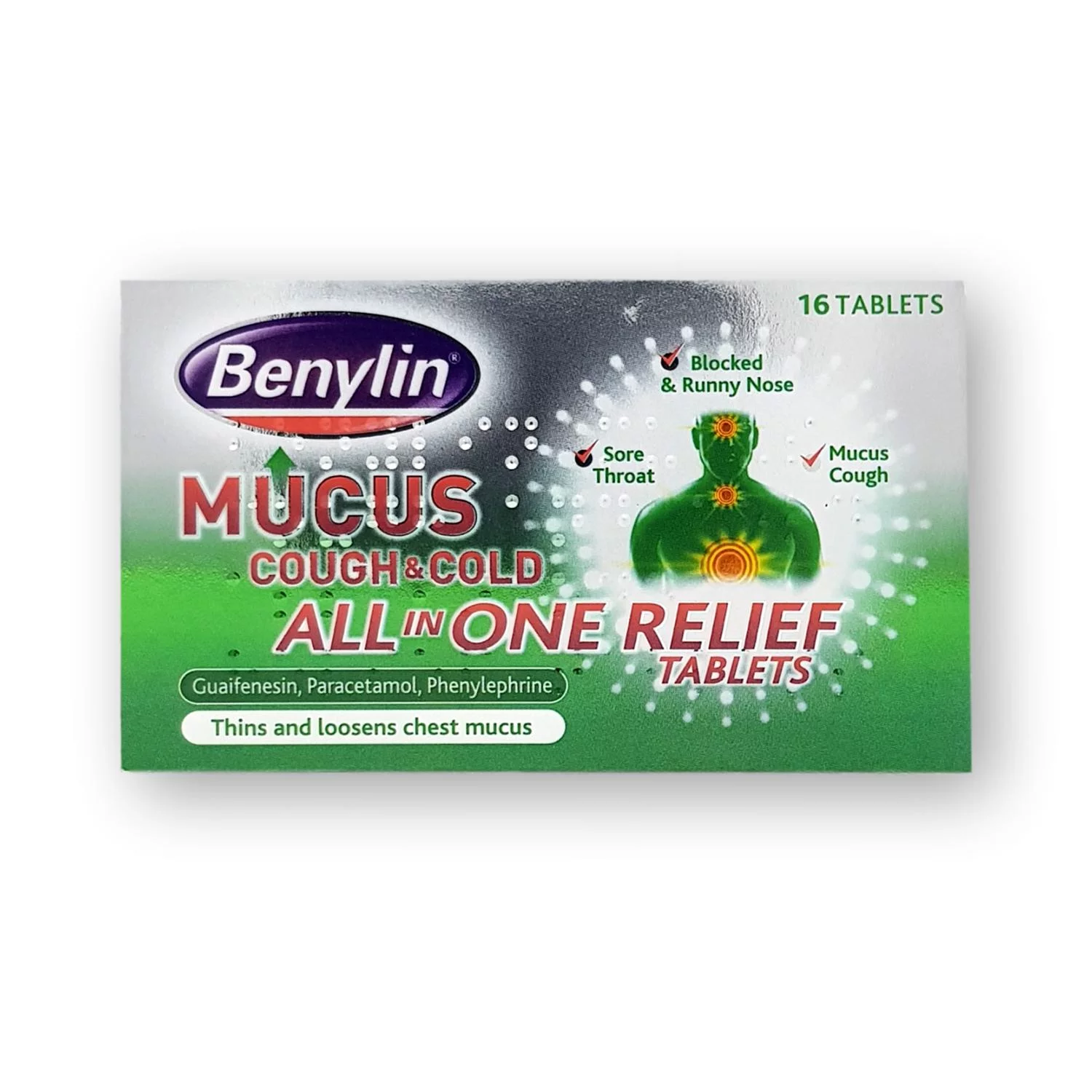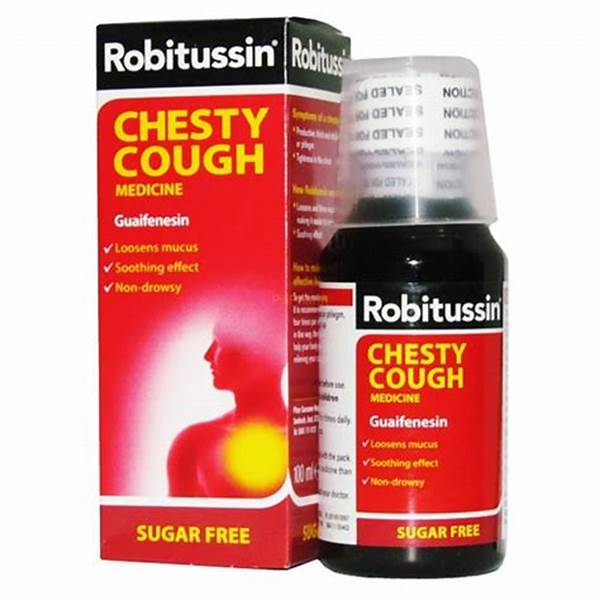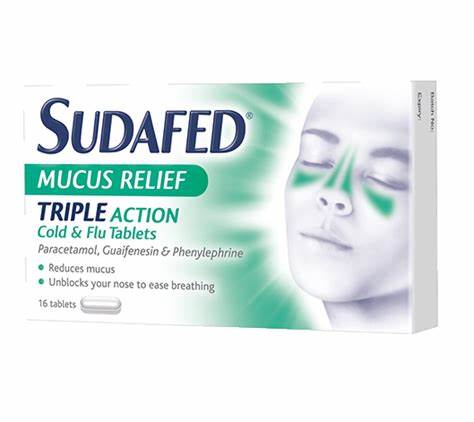Overview
The flu is a respiratory infection caused by influenza viruses. It is different from the common cold or COVID-19.
Influenza viruses spread from person to person, either in the air or on surfaces. Flu symptoms are similar to a cold, but they can last longer and be more severe.
There are four different types of influenza viruses: A, B, C, and D.
- Influenza A and B are responsible for seasonal flu and flu epidemics in humans. Influenza A is most likely to cause pandemics. Both influenza A and B are included in the annual flu vaccine.
- Influenza C causes a very mild illness in humans. It does not cause pandemics.
- Influenza D is a virus that infects cattle. It does not cause disease in humans.
Millions of people get the flu every year in the U.S. Most people have a mild illness and are fine. But hundreds of thousands of people end up hospitalized with the flu. Of those, many thousands of people — including children — will die from flu-related illnesses every year.
When is flu season?
You can get sick with the flu at any time of the year, but the flu is most common in the fall and winter months. Flu cases tend to start ramping up in October and then peak between December and February.
Sometimes, the flu season peaks a second time later in the year, as it did in 2019, and sometimes, the season can extend well into the spring. The exact timing of the flu season varies year by year, depending on which strains of the virus are circulating and how strong the vaccine is.
Causes
The flu is caused by influenza viruses. Influenza viruses usually spread through the air. They can also spread by touching contaminated surfaces. If the influenza virus enters your body, it can make you sick.
Anyone can get the flu, even young, healthy people. Some groups of people are more likely to get very sick (or even die) from the flu:
- Pregnant women
- Children under 5 years old
- Adults over 65 years old
- People with extreme obesity (BMI of 40 or more)
- People with chronic illnesses
- People experiencing homelessness
- Children and teens on certain long-term medications
- People who are immunocompromised
- People who have had a stroke
- Residents of nursing homes or long-term care facilities
Symptoms
Flu symptoms usually come on more suddenly than the common cold, and tend to be more severe.
People with the flu will have some (or all) of the following symptoms:
- Fever lasting 3 to 4 days
- Severe body aches
- Chills
- Fatigue and weakness
- Chest congestion and cough
- Headaches
Some people with the flu also have nausea, vomiting, or diarrhea. These symptoms are more common in children.
The flu can also cause sneezing, sore throat, and a runny nose — though these symptoms are more likely in people who have a common cold.
How long does the flu last?
Flu symptoms usually last between 2 and 5 days. Sometimes, symptoms can drag on for a week or more, especially fatigue and weakness.
Are flu symptoms and COVID-19 symptoms the same?
Yes and no. Both the flu and COVID-19 can have the symptoms listed above. But COVID-19 can also cause serious breathing problems, and loss of taste or smell — which are not usual with the flu. Another difference is that COVID-19 symptoms may take up to 14 days to appear, compared with 1 to 4 days with the flu.
Treatment
Diagnosis
Most of the time, your provider can diagnose the flu based on your symptoms. But, in some situations, a flu test can be helpful.
There are several tests that can diagnose the flu. Here’s what to know:
- A “positive” flu test means you have the influenza virus.
- You can be tested for the flu from a nose or throat swab. Your healthcare provider might also take a sample of phlegm from your respiratory (breathing) tract.
- Many health clinics use a quick 15-minute test, called a rapid influenza diagnostic test (RIDT). Unfortunately, RIDTs only pick up influenza A. They can also be falsely reassuring (false negatives).
- Other flu tests are more accurate, but they take longer. These range from 30 minutes for some tests (called “rapid molecular assays”), to a few days for viral cultures.
But keep in mind: You don’t need a flu test to be treated for the flu. If your healthcare provider suspects you have the flu, they can still recommend flu medications and home care — even without a positive test result.
Medications
If you’re managing your flu symptoms at home, both over-the-counter (non-prescription) and prescription medications can help.
Over-the counter options include:
- Pain relievers like acetaminophen and ibuprofen
- Throat sprays or drops to ease a sore throat
- Expectorant cough medicine containing guaifenesin to help you clear congestion from your lungs
- Cough suppressants containing dextromethorphan to help keep you from coughing
- Decongestants with pseudoephedrine to relieve a runny nose
- Saline (saltwater) sprays to clear nasal congestion
Prescription medications called antivirals can also shorten flu illness by 1 or 2 days. They work best if given within 48 hours of the start of symptoms.
Common prescription flu medications include:
Keep in mind that pharmacies may not always have flu medications in stock, especially during peak flu season. MedFinder can help you find available flu medications at a pharmacy near you.
Antibiotics treat bacterial infections and do not work on viral infections like the flu.
Treatments
If you have the flu, the best thing you can do is to stay home, rest, and drink plenty of fluids. If possible, keep your distance from those you live with and wash your hands frequently with soap and water.
Congested noses and coughs can also be managed with home remedies like a humidifier, a hot shower, or steam inhalation. And don’t forget that drinking plenty of water helps to loosen mucus in the nose and chest, and can soothe sore throats.
If you have a fever, the CDC also recommends you stay home from work, school, and other public places until you’ve been fever-free for at least 24 hours.
Prevention
The best way of treating the flu is to prevent it. That means all adults and children over 6 months should get a flu shot every year.
Ideally, you should get a flu shot right at the start of the flu season, before flu viruses start circulating in your community — but you can still get the flu shot later in the year.
There are many ways to get the flu vaccine for little to no cost at:
- Health clinics
- Pharmacies
- Public health departments
- Workplaces and schools
Protecting yourself also means taking preventive steps in your everyday life to avoid getting or spreading the flu:
- Avoid contact with people who are sick.
- Stay away from people if you are sick.
- Cover your coughs and sneezes in your elbow or, better yet, in a tissue that you throw away right after. Kids can be taught to cough or sneeze into their shirts.
- Wash your hands often with soap and water. If that’s not possible, use an alcohol-based hand rub.
- Keep your hands away from your face to avoid spreading germs.
- Wear a mask if appropriate.
Medications & Collections
These drugs are vital for controlling and improving the health of individuals with this condition. They include both preventive and symptomatic treatments.

Nurofen 200mg
₦2,100

Advil Gel 200MG
₦79

Advil Caplet
₦12,900

Nurofen 400mg
₦3,750

Nurofen express 400mg
₦6,400

Benylin mucus All In One
₦18,650

Robitussin Chesty Cough
₦14,800

Sudafed Mucus Relief
₦11,900
